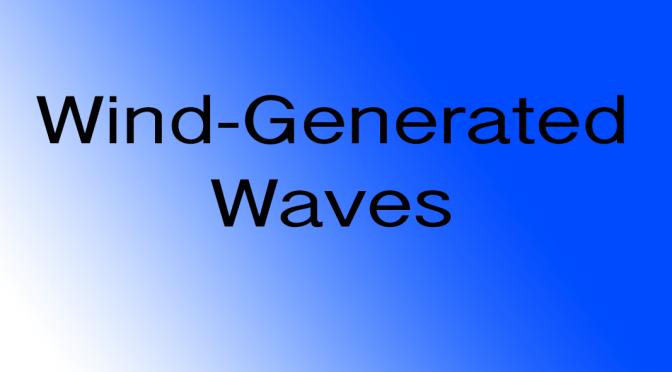Our most valuable resource, our surf comes from out in the Gulf of Mexico. We get waves when enough wind traveling across the surface of the water blows hard enough and for a long enough period of time to produce waves. Wind-generated waves are determined by three important wind metrics; wind speed, wind duration, and fetch. These three factors determine the size of the waves generated from wind in the Gulf of Mexico.
First, there has to be two air masses with drastically different pressure. When these two air masses, each with homogenous characteristics like temperature and moisture interact they create wind. Typically, the two air masses have different densities and pressure. Air pressure is the amount of air molecules in a given space, the more molecules, the higher the pressure. Air masses are categorized by temperature as polar (P), arctic (A), and tropical (T). The contrasting air masses create a convection current, or the circulating flow from the differences in temperature between air masses. The stronger the differences between air mass pressure and density the stronger the wind.
Wind speed is usually measured at weather stations in the Gulf of Mexico, which include moored buoys, moving buoys, and ships with weather measuring devices. These stations give us a good idea of what’s happening in the gulf and help model weather patterns. Wind speed is measured in knots or miles per hour. When the wind is blowing at 1 knot it is the equivalent of blowing approximately 1.15 miles per hour. So if the wind is blowing 18 knots in the gulf out of the northwest the wind is blowing approximately 20 miles per hour.
Measures of wind are a good indicator of waves, because if the wind is blowing hard enough to create waves the other two factors, wind duration and fetch, will usually match wave producing status. A situation that is one exception to this rule is during the summer when small thunderstorms create very strong wind, but blow for a short period of time and over a short distance. These extra strong winds can create waves. These storms are far less predictable than large air masses. These small storms will only generate waves for a short period of time, as compared to the large air masses like cold fronts which produce waves over a sustained period of time.
Wind duration is simply measured as the amount of time wind is sustained. Sustained winds are the average wind speed measured during a 1 minute period. So if the wind at buoy 42036 blows for 20 seconds at 10 knots, 15 seconds at 15 knots, and 25 seconds at 18 knots, the average of this 1 minute would be calculated to determine sustained winds. This is usually the best measure of wind producing energy because of the high variability of wind speed.
Gusts are also a measure of the strength of the blowing winds. In the 1 minute measured above, imagine the wind had gusted to 35 knots at least once, and this was the highest wind speed measured. This measure of 35 knots would be considered the wind gust. The gust is measured in one minute periods every measurement period.
Fetch is defined by NOAA as the, “…distance over water that wind blows in a single direction.” Clear correlations between longer fetch and larger waves tells us that longer fetch creates larger waves. Large oceans like the Pacific, Artic, and Antarctic have a far distance that winds can travel over water, and so wind has more time to create larger waves. Most often the most powerful waves are produced by strong winds blowing across the entire gulf, pointed in some degree of westerly direction.
When winds from any place in the gulf blow over water the force of wind molecules push down on the water molecules. Water molecules are then compacted and rebound back upward. Energy is transferred from the wind molecules to the water molecules. The ripple effect propagates wind and wave energy toward the coast.
Once wave energy generated from wind reaches the coast, friction between the sea floor and moving water causes the water molecules to elevate and create steeper and steeper waves. As the wave collides with the shoreline it becomes too steep and it begins to break. These waves are called breakers.
Wind and wave measurement is crucially important for generating and forecasting surf in the Gulf of Mexico. The three most valuable wind metrics; wind speed, wind duration, and fetch combine to produce wave estamates. Wind and wave measures determine surf along the coast. Here in the Gulf of Mexico we are lucky enough to frequently experience strong enough systems of weather associated with masses of air large enough to produce large wind-generated waves.





